Space Image of the Day Gallery (September 2017)
Image of the Day Archives

For older Image of the Day pictures, please visit the Image of the Day archives. Pictured: NGC 2467.
Jupiter's Great Red 'Monet'
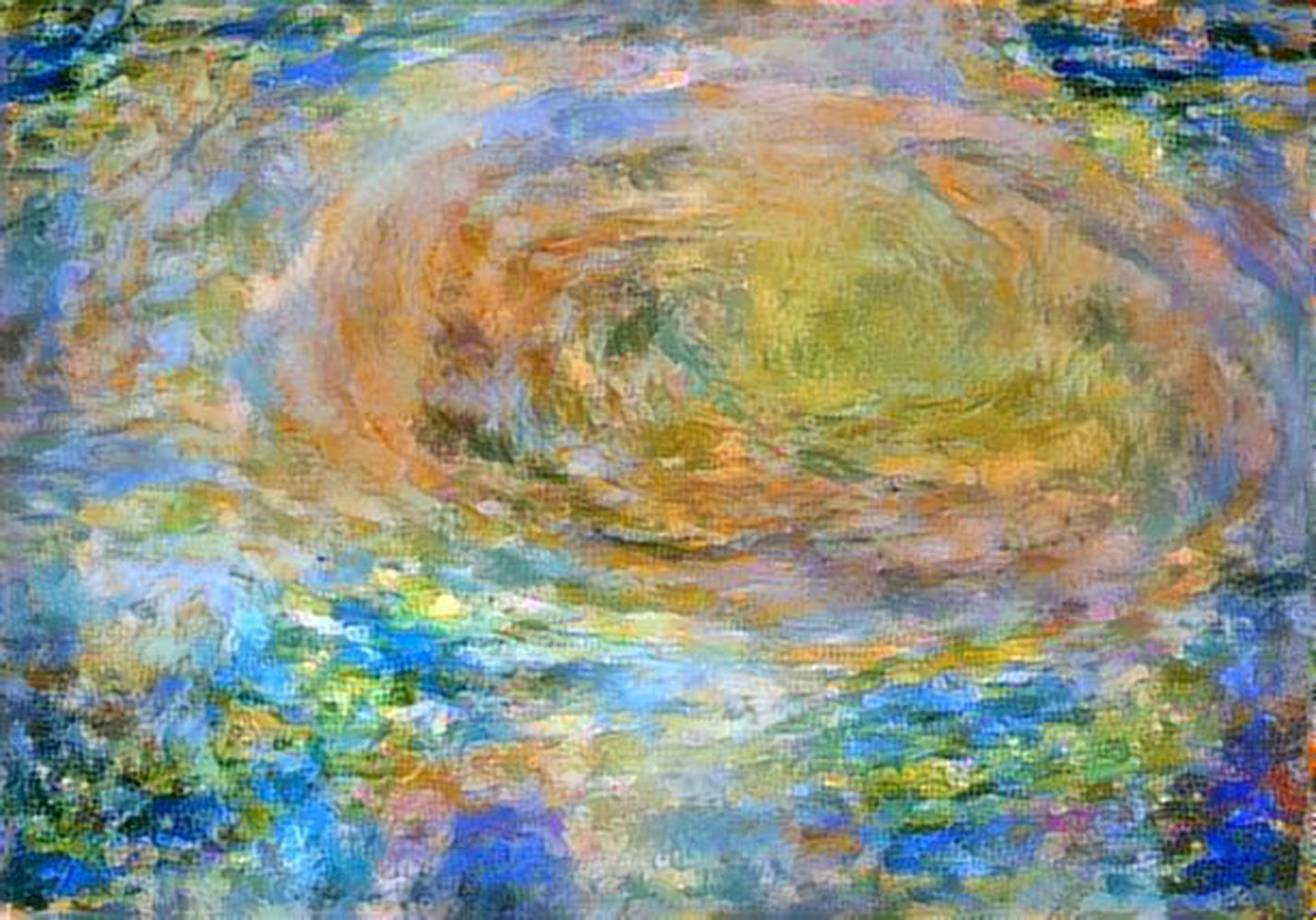
Friday, September 1, 2017: This colorful work of art is a picture of Jupiter's Great Red Spot taken by NASA's Juno spacecraft and edited by citizen scientist David Englund, who recreated the image to look like a painting by Claude Monet. The original image was taken on July 10 as Juno performed its seventh close flyby of Jupiter. — Hanneke Weitering
Touchdown!
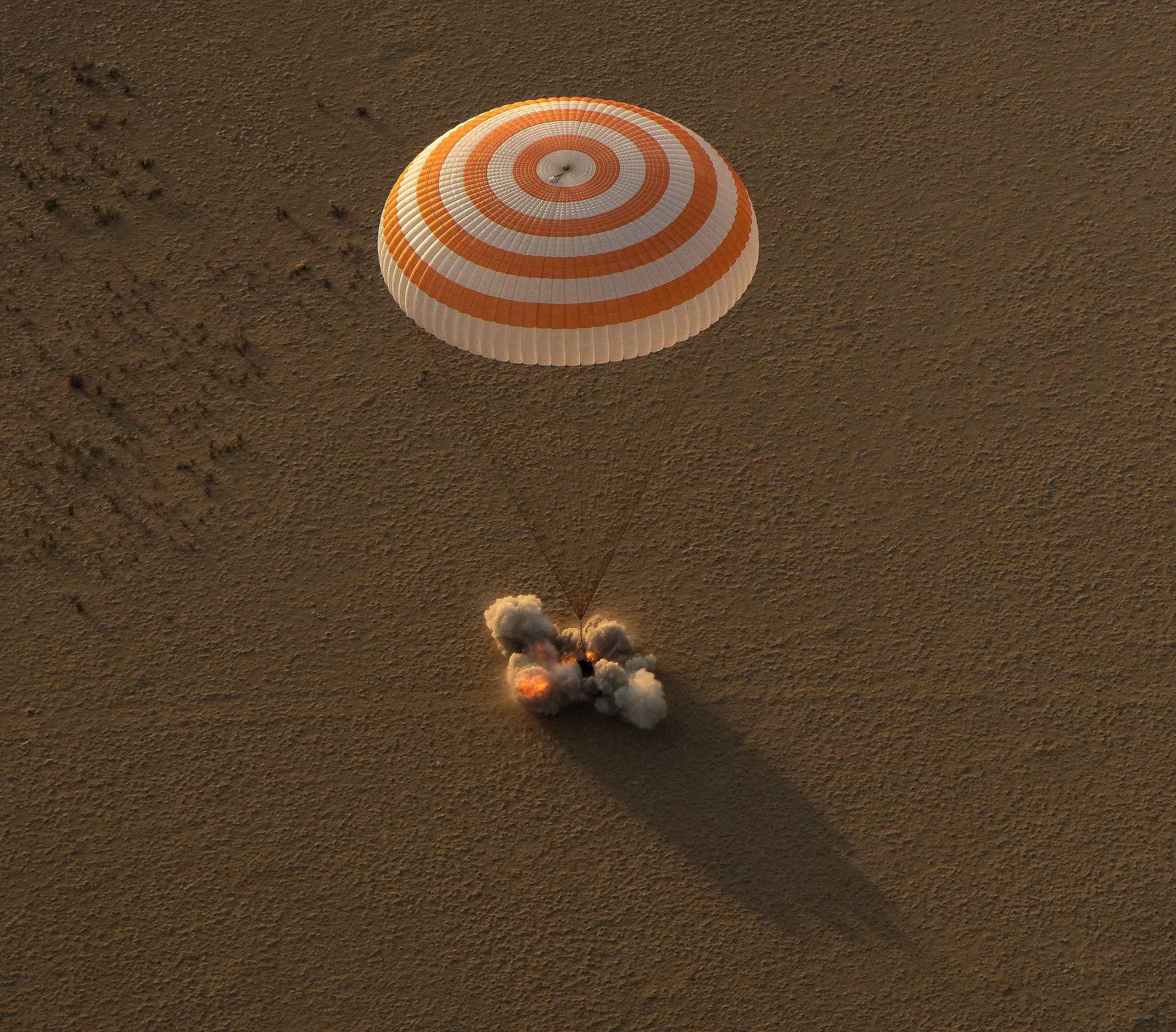
Tuesday, September 5, 2017:Three crewmembers returned to Earth from the International Space Station on Saturday (Sept. 2) with a smooth landing on the steppes of Kazakhstan. What looks like an explosion on impact was the Soyuz spacecraft's six soft-landing engines burning to slow down the fall. Aboard the Soyuz was NASA's record-breaking astronaut Peggy Whitson, who set a new spaceflight duration record for U.S. astronauts with 665 days spent in space. — Hanneke Weitering
Cassini's View of Enceladus
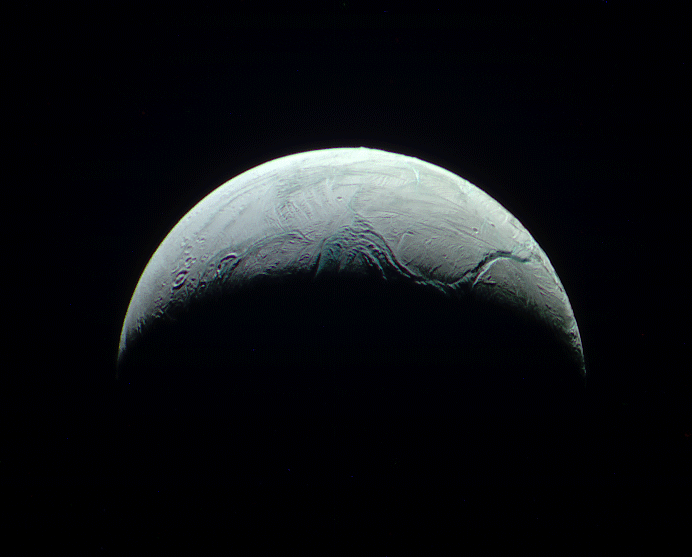
Wednesday, September 6, 2017: NASA's Cassini spacecraft, which has been orbiting Saturn for the last decade, also keeps an eye on Saturn's moons. On Aug. 1, when Cassini was about 112,000 miles (181,000 kilometers) from Saturn's moon Enceladus, the spacecraft took a series of images, which project scientists stitched together to create this animation of a unique "spacecraft's-eye" view of the flyby. — Hanneke Weitering
Irma at Night
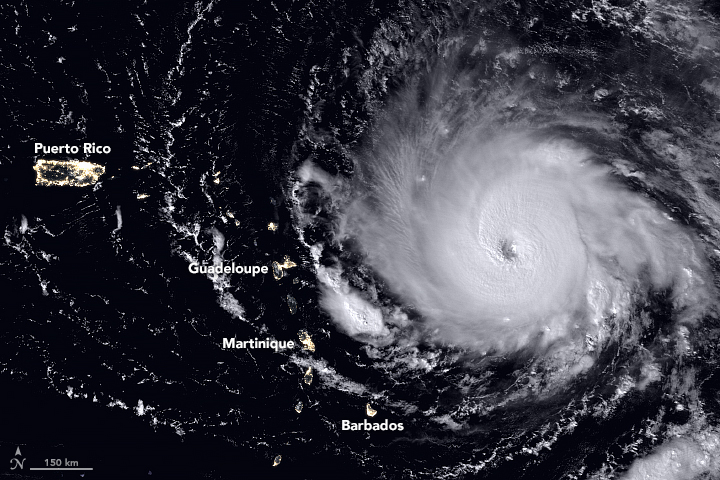
Thursday, September 7, 2017: As Hurricane Irma closed in on the northern Leeward Islands in the early morning hours on Tuesday (Sept. 5), the National Oceanic and Atmospheric Administration's Suomi NPP satellite captured this incredible nighttime view of the islands' city lights before widespread power outages caused blackouts across the Caribbean. — Hanneke Weitering
Falcon 9 Returns to Earth
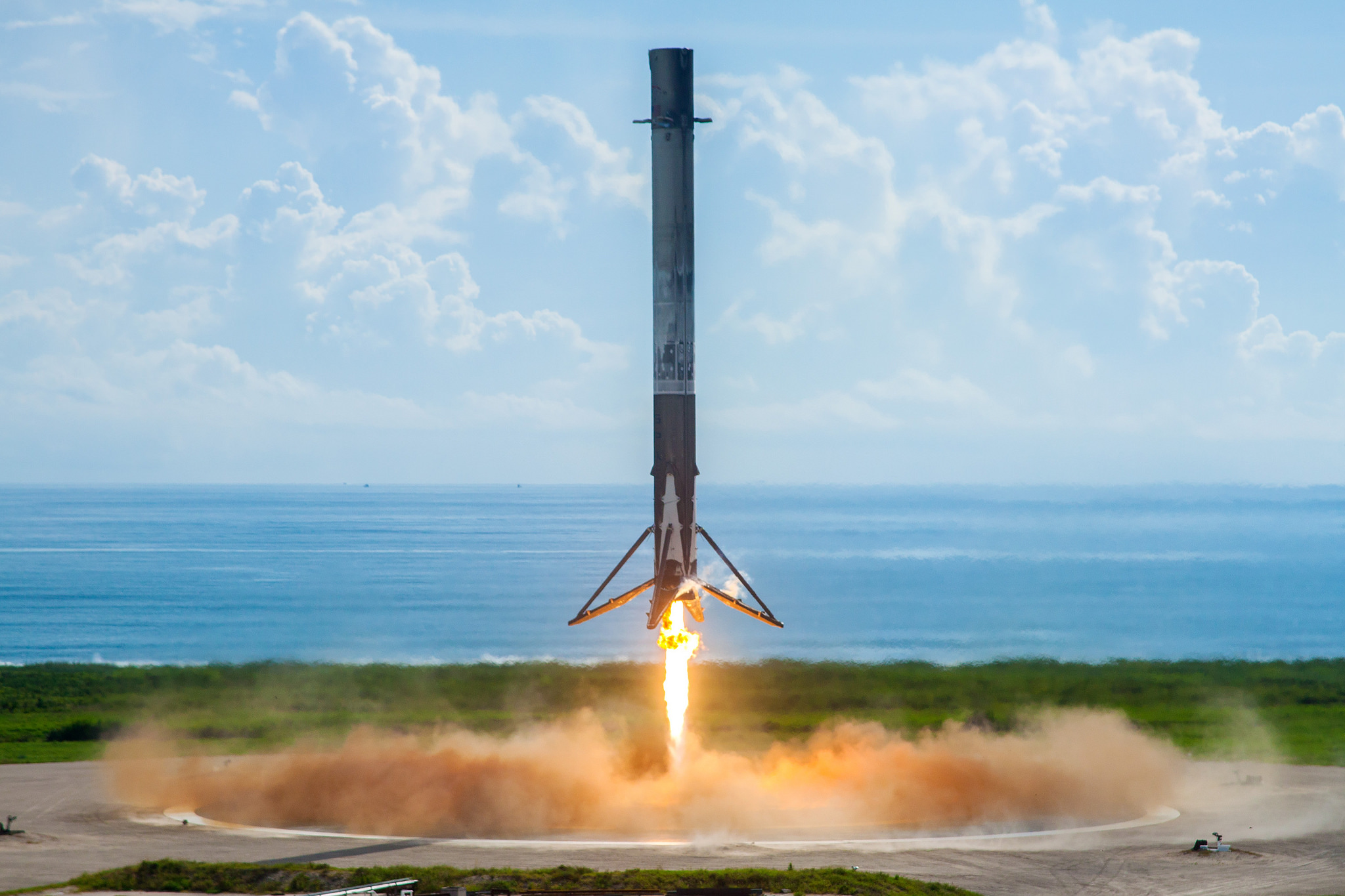
Friday, September 8, 2017: After a SpaceX Falcon 9 rocket launched the U.S. Air Force's secretive X-37B space plane from Kennedy Space Center in Florida on Thursday (Sept. 7), the rocket's first stage returned to Earth to stick a landing at Cape Canaveral. — Hanneke Weitering
9/11 Seen from Space
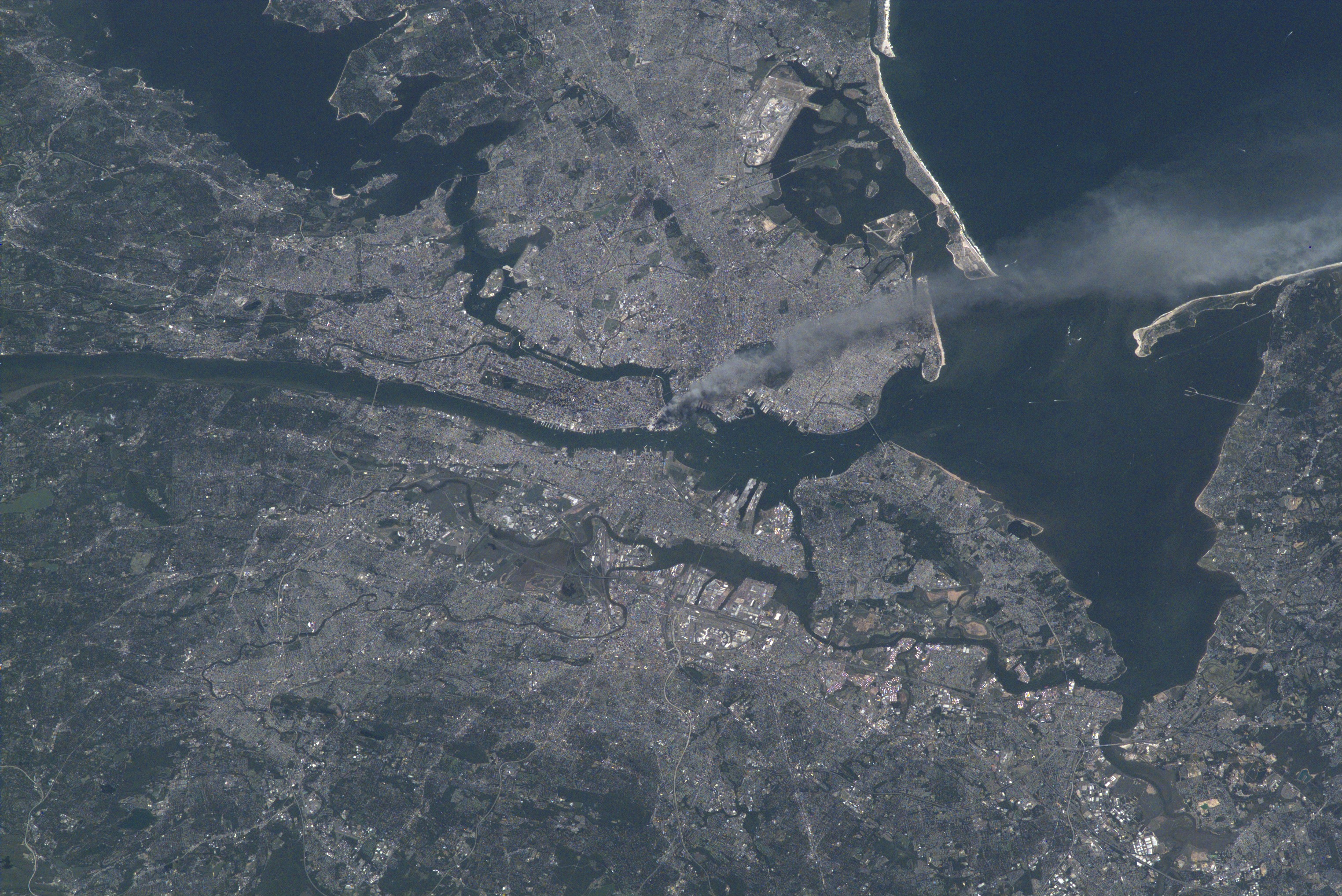
Monday, September 11, 2017: After the World Trade Center was destroyed on Sept. 11, 2001, astronauts aboard the International Space Station captured this view of the smoke plume rising out of Manhattan from 250 miles (400 km) above the Earth. — Hanneke Weitering
Get the Space.com Newsletter
Breaking space news, the latest updates on rocket launches, skywatching events and more!
The Eye of the Storm
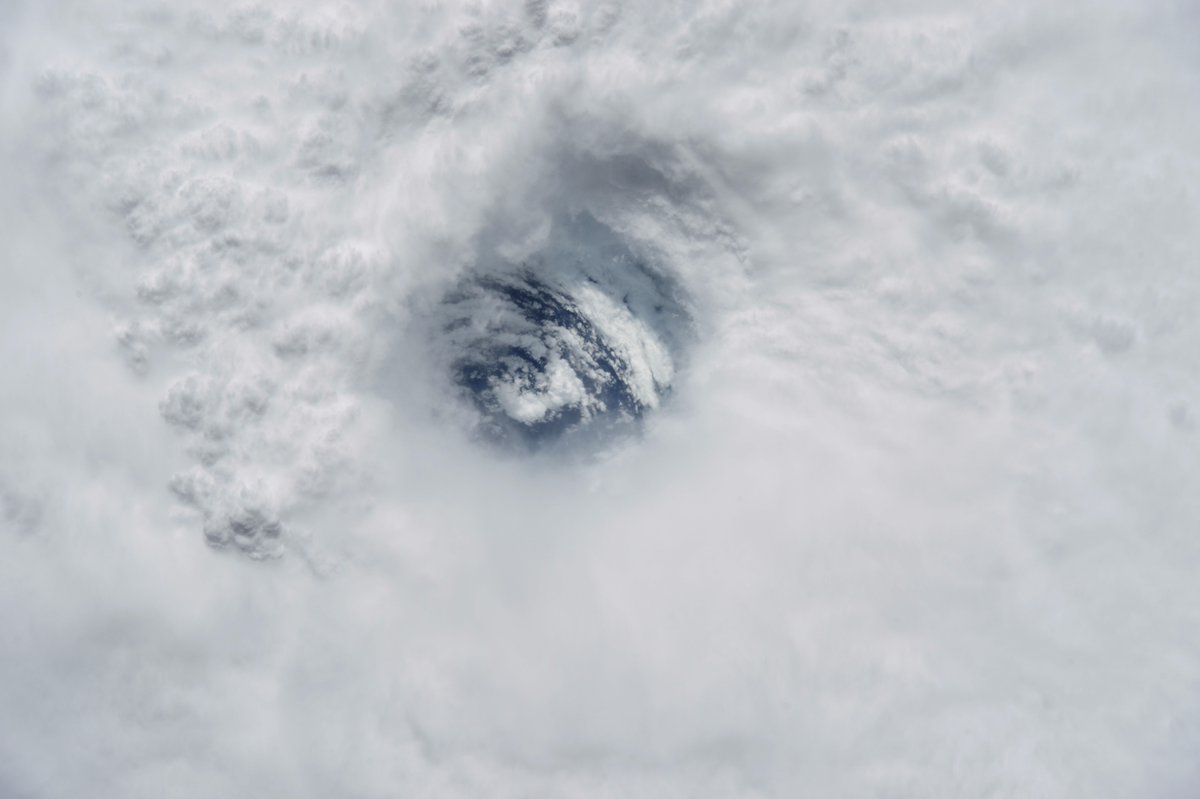
Tuesday, September 12, 2017: As the International Space Station passed about 250 miles (400 km) over Hurricane Jose on Monday (Sept. 11), NASA astronaut Randy Bresnik captured this view of the eye of the storm. A little blue spot of ocean is visible through the opening in the cloud tops. — Hanneke Weitering
Expedition 53 Blasts Off
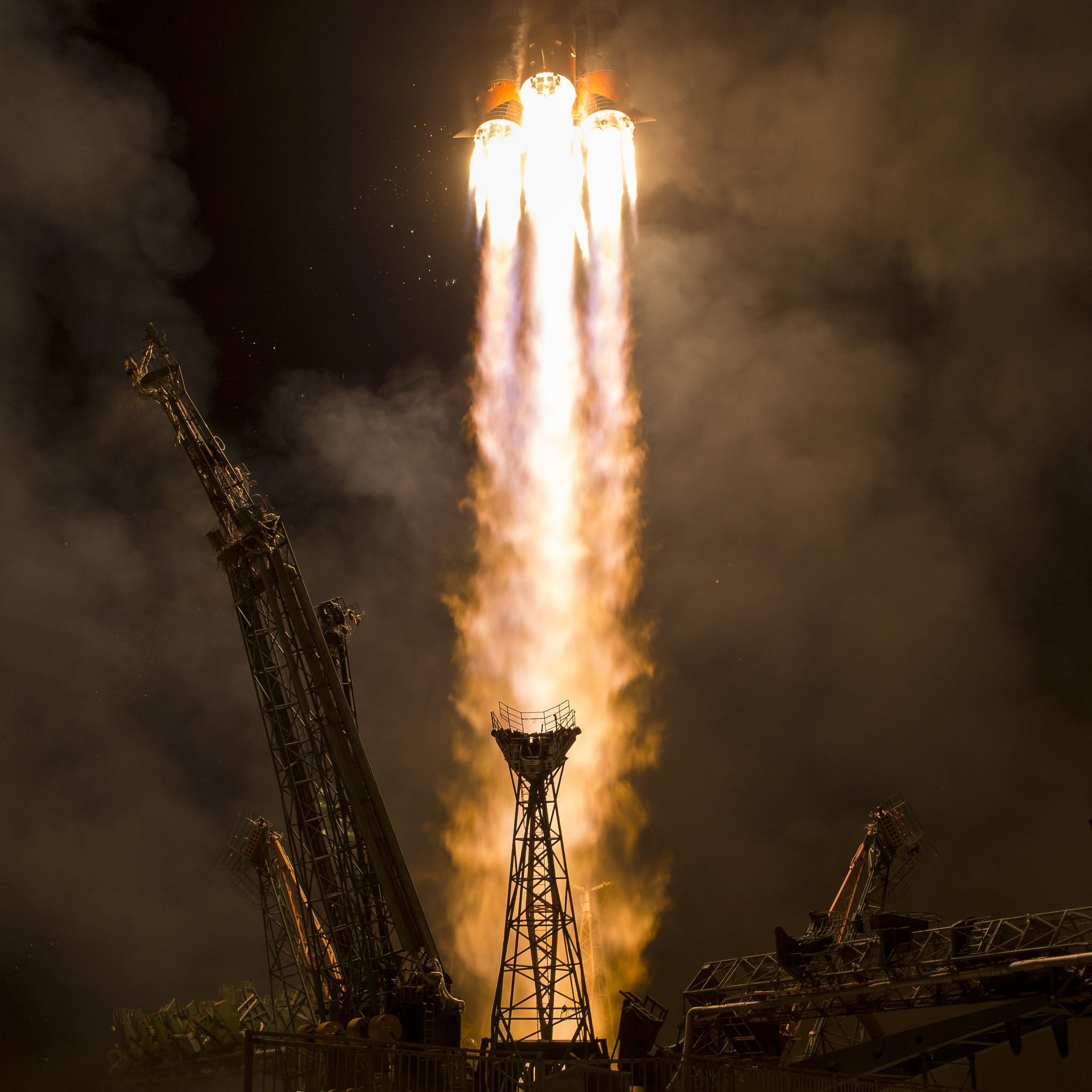
Wednesday, September 13, 2017: A Soyuz rocket carrying three Expedition 53/54 crewmembers to the International Space Station blasted off from the Baikonur Cosmodrome in Kazakhstan yesterday (Sept. 12). NASA astronauts Mark Vande Hei and Joe Acaba and Russian cosmonaut Alexander Misurkin arrived at the space station almost six hours later. — Hanneke Weitering
One Last Look
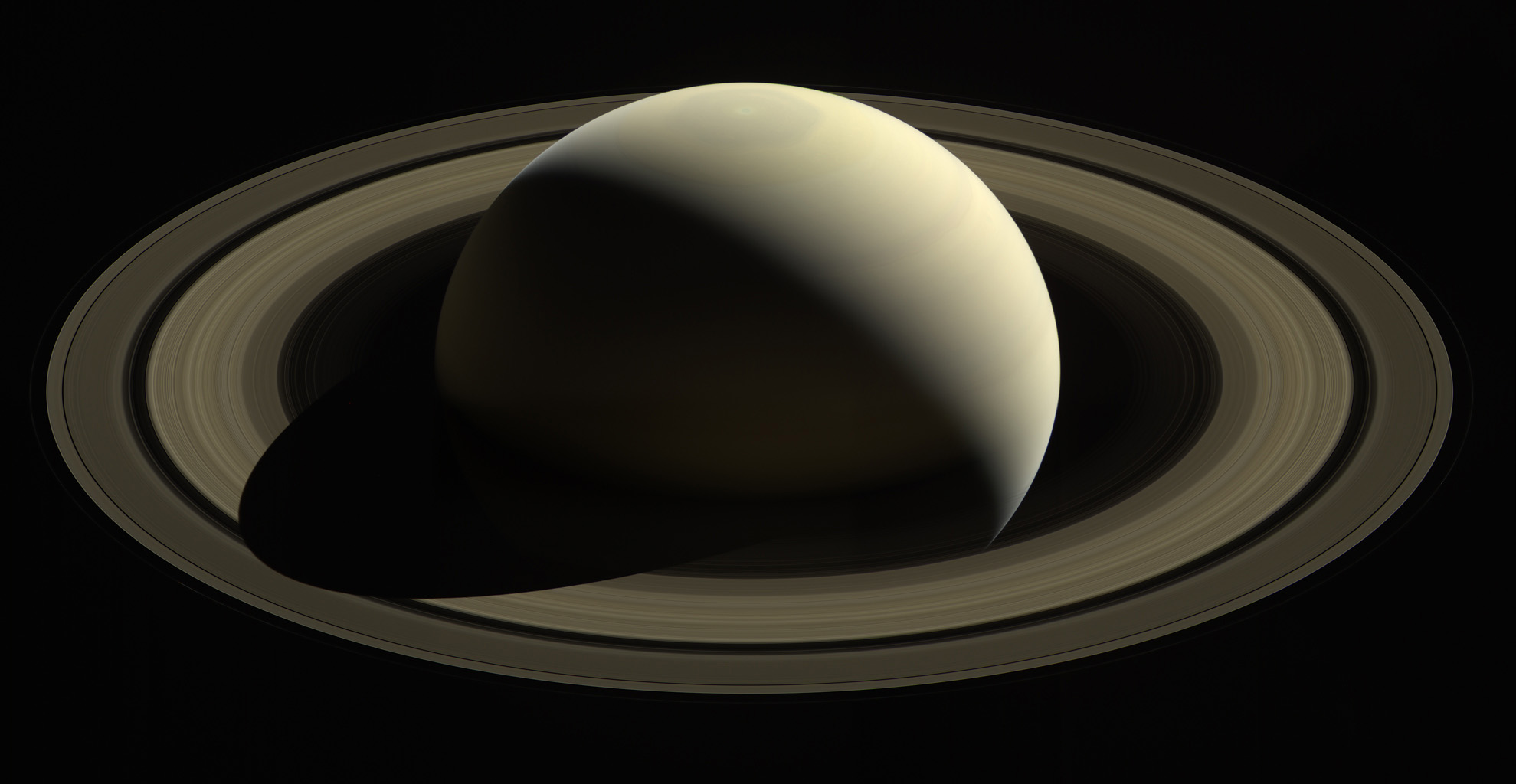
Thursday, September 14, 2017: Before NASA's Cassini spacecraft began the "grand finale" phase of its mission at Saturn, it took one last photo of the giant planet and its ring system from afar. The spacecraft has been orbiting Saturn for the last 13 years and will dive into the gas giant tomorrow (Sept. 15). — Hanneke Weitering
Cassini's Last Photo
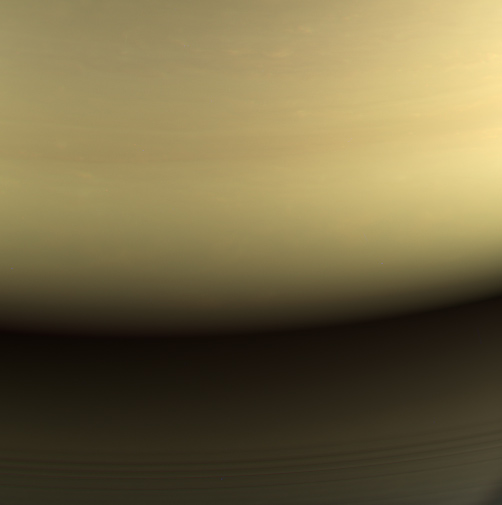
Friday, September 15, 2017: This is the last image taken by NASA's Cassini spacecraft before it dove into Saturn's atmosphere this morning. Cassini took the photo on Thursday (Sept. 14) at 12:59 p.m. PDT (3:59 p.m. EDT; 19:59 GMT), roughly 12 hours before it disintegrated in Saturn's atmosphere, becoming one with the planet it had studied for nearly two decades. — Hanneke Weitering
Join our Space Forums to keep talking space on the latest missions, night sky and more! And if you have a news tip, correction or comment, let us know at: community@space.com.

Space.com is the premier source of space exploration, innovation and astronomy news, chronicling (and celebrating) humanity's ongoing expansion across the final frontier. Originally founded in 1999, Space.com is, and always has been, the passion of writers and editors who are space fans and also trained journalists. Our current news team consists of Editor-in-Chief Tariq Malik; Editor Hanneke Weitering, Senior Space Writer Mike Wall; Senior Writer Meghan Bartels; Senior Writer Chelsea Gohd, Senior Writer Tereza Pultarova and Staff Writer Alexander Cox, focusing on e-commerce. Senior Producer Steve Spaleta oversees our space videos, with Diana Whitcroft as our Social Media Editor.









